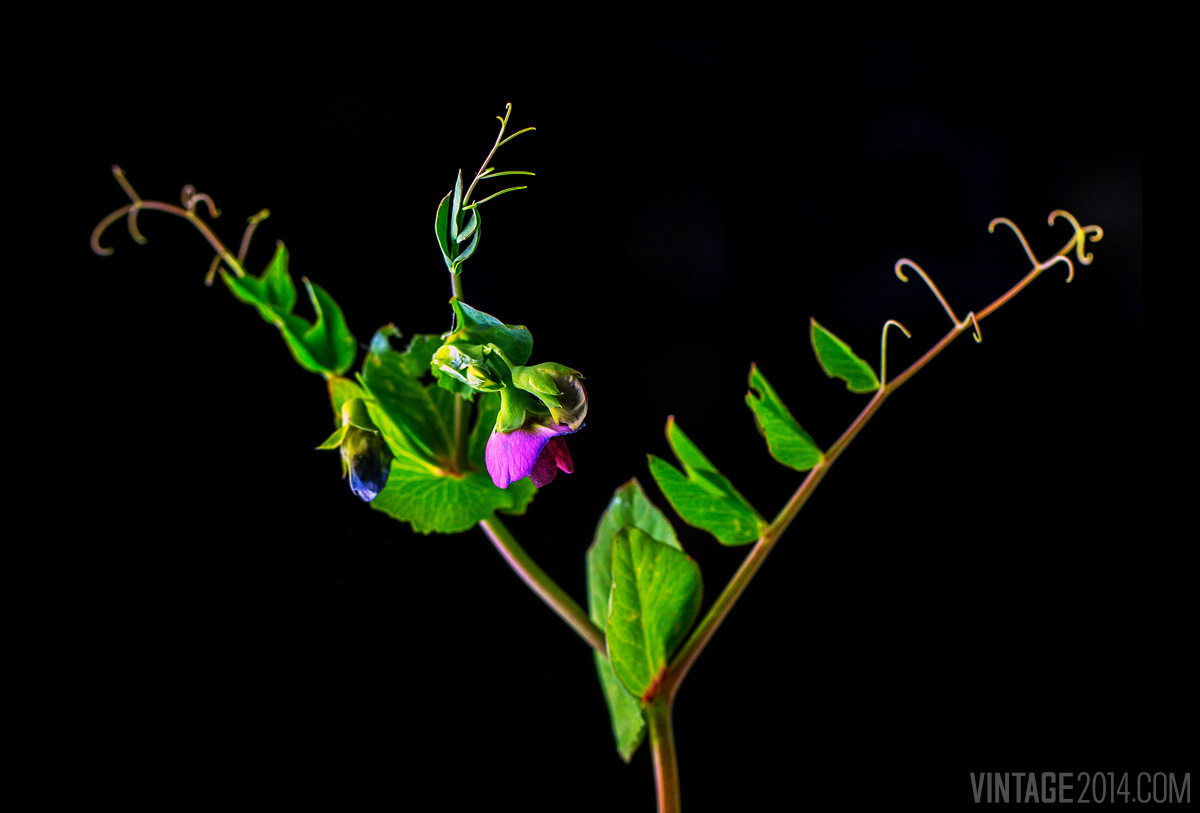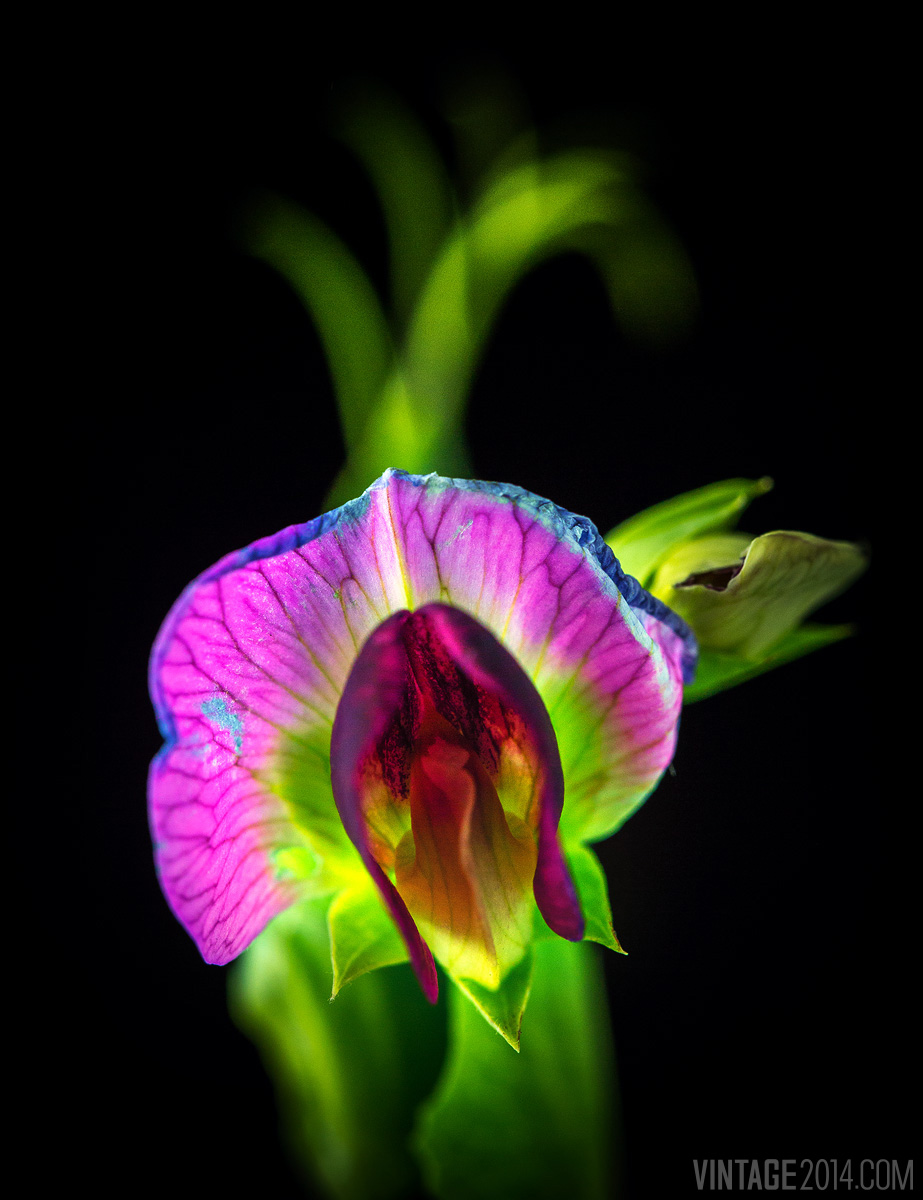Sweet peas are edible little gems that brighten vineyard rows and provide considerable benefits to grape vines. Their charming little flowers come in many colors, and aside from being attractive, they are an extremely valuable vineyard cover crop.
Like fava beans, sweet peas belong to the legume family, which means their roots contain nodules that house nitrogen-fixing bacteria. This bacteria actually captures inert nitrogen from the atmosphere and turns it into a biologically useful form of nitrogen – ammonia.

When the cover crop is mowed or tilled at its peak bloom, a process sometimes referred to as “green manuring,” the plant begins to decompose and release nutrients back into the soil, improving the grape vine’s health. This organic matter “feeds” the soil, nourishing and improving its physical structure and chemical properties by creating small air pockets where the tiny sweet pea roots once were. This improves the soil structure by increasing the amount of water and nutrients it is able to hold and absorb, and it also keeps the natural pH level stable.
Finally, cover crops, such as sweet peas, restrict the amount of sunlight that hits the soil, which reduces weed growth and prevents erosion, providing a livable habitat for helpful micro-organisms and beneficial insects, such as ladybugs and lacewings, which keep destructive insects at bay. This type of sustainable practice helps grape farmers avoid the use of harmful herbicides and pesticides, protecting our environment and improving our planet. And by eliminating their use, the beneficial insect population thrives from year to year.

